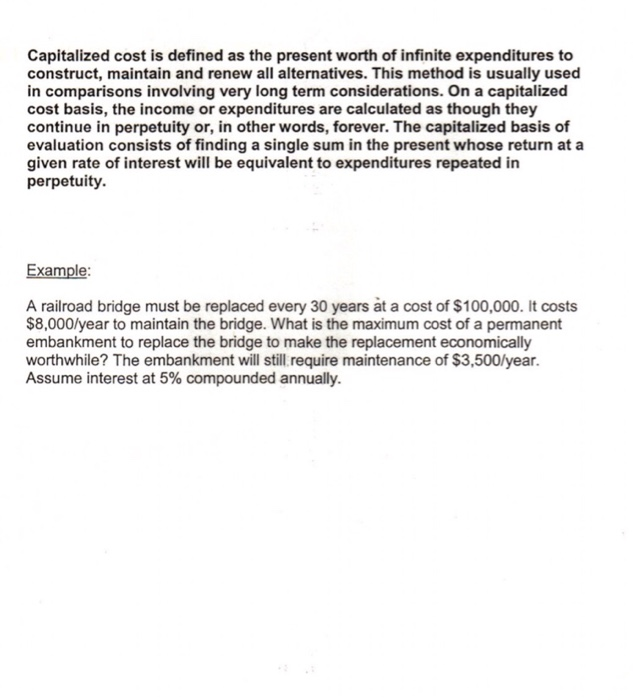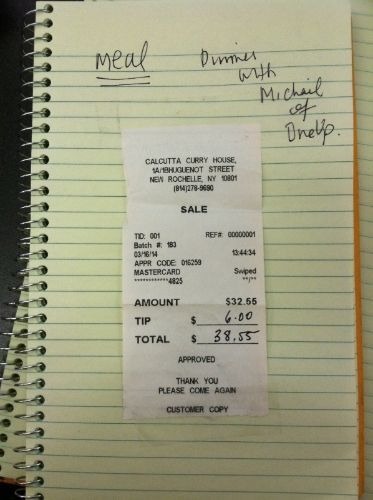
An undeposited fund is an account that is a component of the QuickBooks Online Chart of Accounts. Essentially, undeposited funds on balance sheets are used to hold up payments temporarily until they can be deposited into the bank. Most of the time, the bank will combine every payment you make into one transaction. You can do the same thing in QuickBooks once you have your deposit slip and know which payments your bank has combined.
Otherwise, you run the risk of either understating or overstating your income, both of which will have tax implications. Now, when you check the Bank Register for your checking account, you can see the deposit posted for the correct amount. In order for your financial statements to be accurate for the year, you need to record the payment as being received on Dec. 31. However, the payment will not clear your bank until Jan. 2 of the next year, at the earliest.
- You have many accounting software options when it comes to keeping track of your business’s financial accounts.
- This makes your payment account show an uncategorized amount of payment, which is thereby held as an undeposited fund.
- If you’re depositing your checks one at a time, which is often the case for smaller businesses, you have to keep careful track of each and every deposit.
- Those transactions could result in your sanity going right out the window—along with your ability to file an accurate tax return.
- You then would have most likely credited sales/income when you directly deposited the payment into QuickBooks.
One of those features uses the undeposited funds account. Below we’ll highlight this valuable tool and how to use it correctly. Continue entering payments received from your customers until all payments what is depreciation in accounting have been entered. Your customer has given you a payment for goods purchased or services rendered. If your customer is paying an invoice you have entered into QuickBooks Online and sent to them, you will want to record the payment using the Receive Payments option.
What’s the Undeposited Funds account?
This post will help you understand the purpose of an undeposited funds account, how to clear it, and how to avoid having payments automatically posted to this account. As you can see above, my reconcile screen shows one deposit for those three payments and makes it easy for me to match with my bank. This process also applies if you collect checks and cash from your customers and then like to make one deposit into the bank. No more adding things up and hoping you profit and loss 101 get the right amount. Head over to the plus sign icon + and select Receive Payment.
Learn about the Undeposited Funds account and how to combine multiple payments together in QuickBooks. You’ll also notice that when you click on the deposit, it expands and you can choose to edit. This is the convenience of this special account I know you’ll learn to love.
Select a Country
When you receive a payment against a customer invoice you are increasing undeposited funds. The udeposited funds account exists because you have not told QuickBooks what bank account you would like to deposit the funds into. The technical accounting of this procedure is credit accounts receivable and debit undeposited funds. The undeposited funds account is like a cash box, or storage bin, for your business. Many companies have a credit card processor that dumps all the day’s deposits, less processing fees, into your bank account as one lump sum. If your business falls into that category, you’ll need to use the undeposited funds asset account to unravel it all.
QuickBooks Undeposited Funds Account Explained
In the end, it is the reconciliation process that really brings clarity of revenue received to your business. Chances are you will occasionally receive payments from multiple customers and batch those into one deposit. Posting these payments to the Undeposited Funds account will allow you to correctly record the deposit in QuickBooks Online, making reconciling your bank account easier.

It’s not uncommon to follow an improper workflow in QuickBooks, resulting in a balance. You don’t need to do this if you’re downloading transactions directly from your bank. Have you how do you record adjustments for accrued revenue ever been in your Chart of Accounts and noticed Undeposited Funds? It’s possible that you’ve seen it many times without knowing much about it, or when you should use it. Well, get ready to learn something new and take a thorough look at Undeposited Funds.
The importance of this step becomes even more apparent in the next screenshot. As we know, reconciling is an integral part of your books and keeping them accurate. When it comes time to reconcile an account, you have your bank statement in one hand and QuickBooks Online in another. Undeposited funds is useful for companies that collect money on a regular basis, but don’t actually deposit the money regularly. Large businesses, in particular, may delay depositing money for several days because it is tedious to deposit one check at a time throughout the working week. While most of QuickBooks’ features are pretty well-known, some are not talked about as much.
Best QuickBooks Alternatives of 2024
As you can see in the image above, QuickBooks Online instructs you to use the Cash On Hand account instead of the Undeposited Funds account for petty cash. If you entered the payment to undeposited funds and then added the bank entry as a sale, you will have overstated your earnings, and your profit figures will be overstated. Why not set up QBO to make deposits directly into the bank account as a default? This sounds like a good idea in theory, and it even works when you are a small solopreneur. You’ll find that there are not enough hours in the day, or days in the week, to get all your work done.

Recent Comments